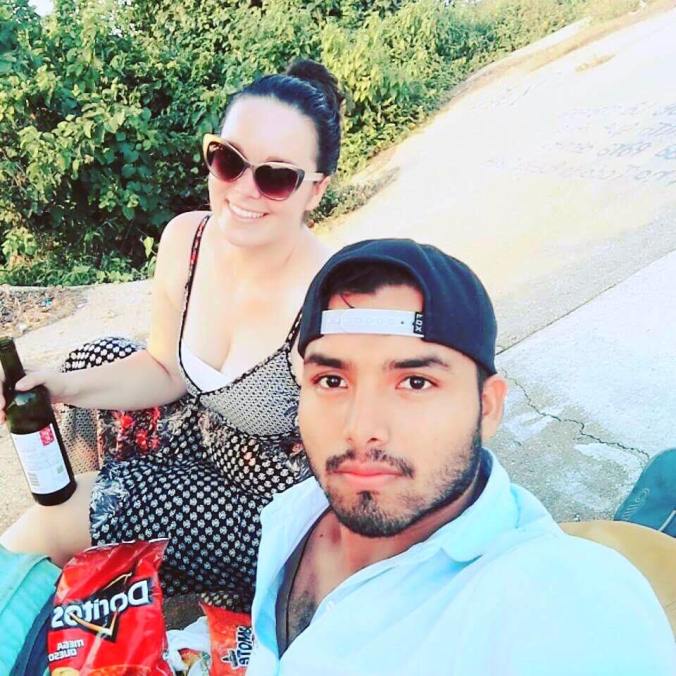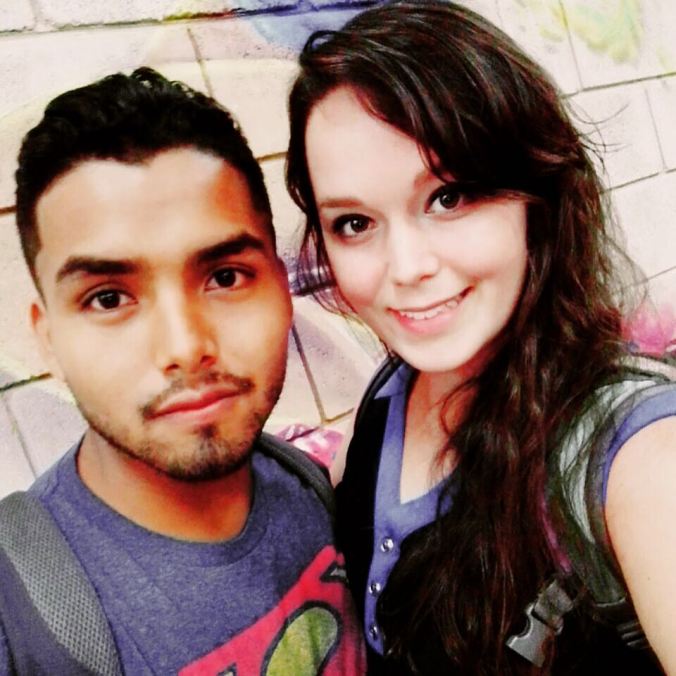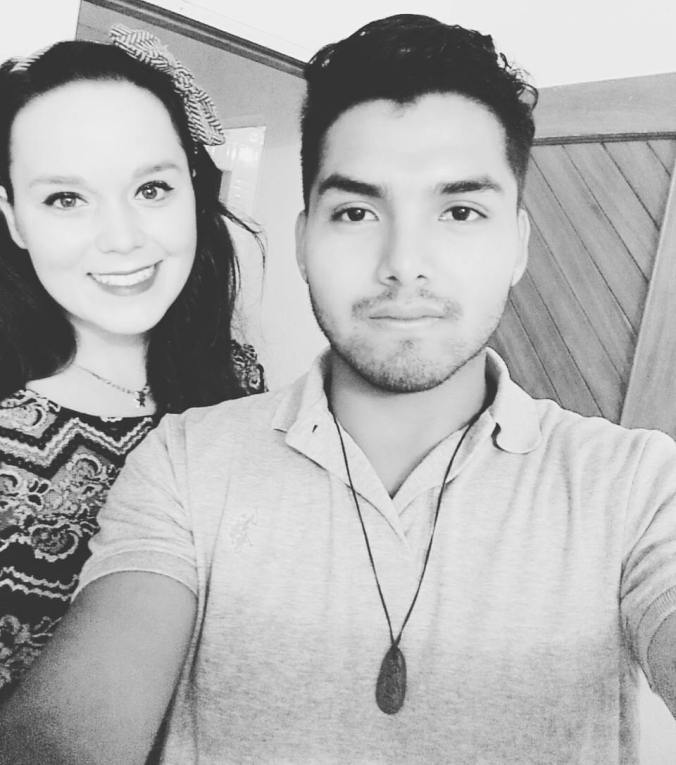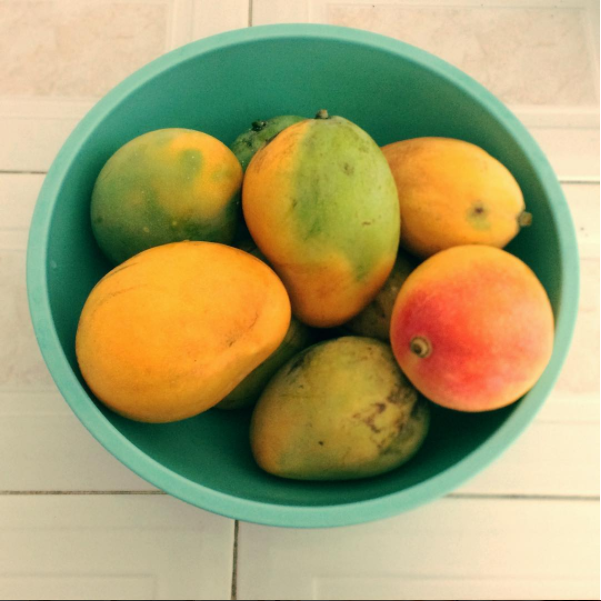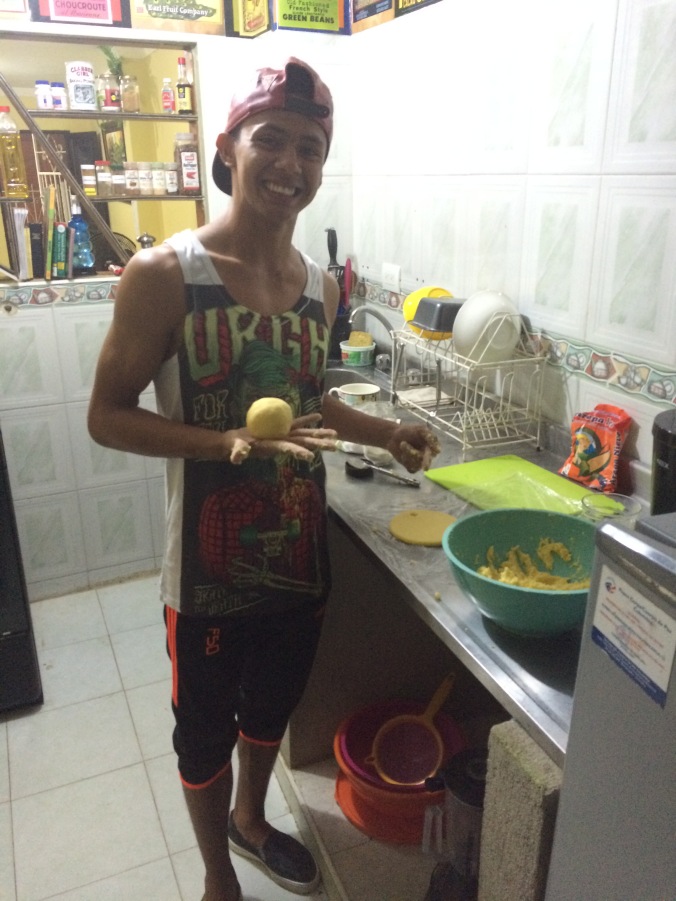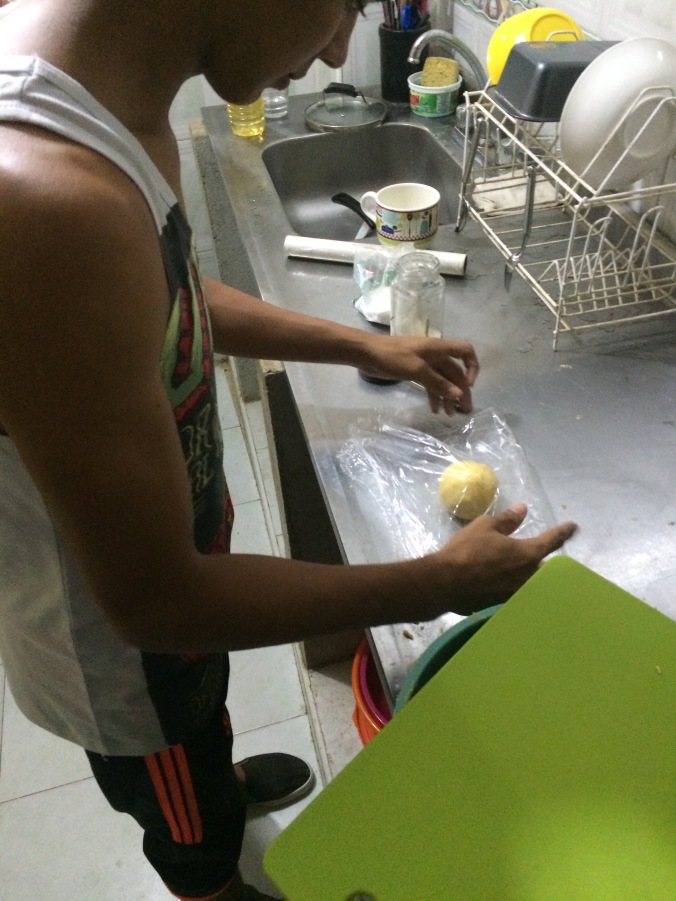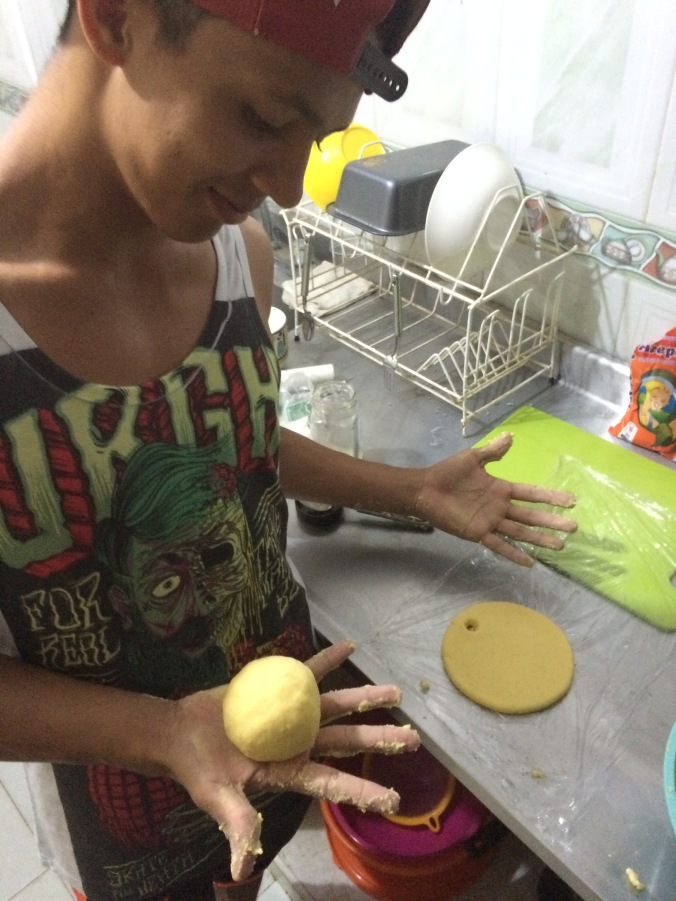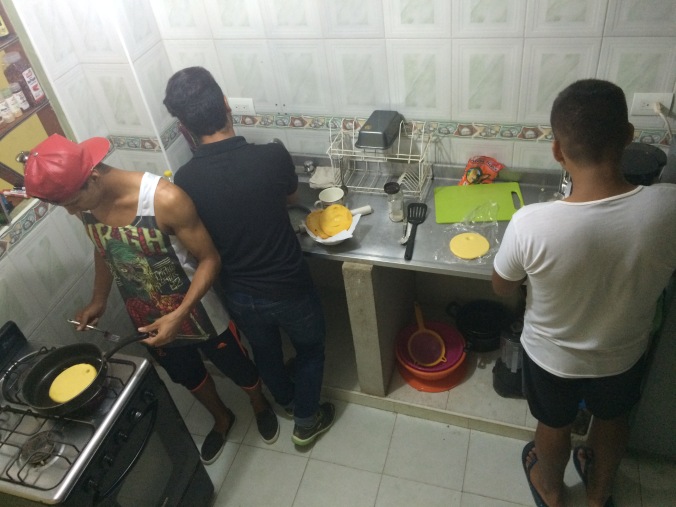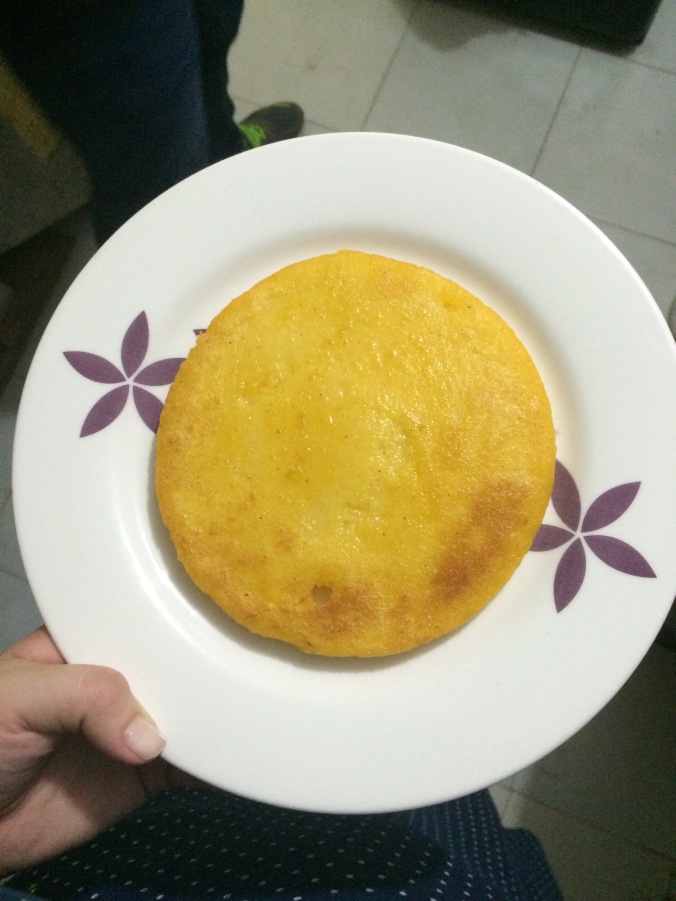Last week I got into an Uber on the way to the office. I know that is not a sentence that you would normally expect to see a Peace Corps Volunteer write. Last year, due to security concerns on urban buses in the main cities, Peace Corps Colombia Volunteers were told to start using taxis and then ask for reimbursement from the office. This was marginally better but created a huge headache for the office staff in charge of reimbursements. And to be completely honest, grabbing a taxi off the street is not a safe guarantee. Most taxis are affiliated but there’s always a chance that someone could be looking to get a little extra cash from an unsuspecting gringo. After a while, headquarters approved our request to start using Uber. The ride is charged directly to the Peace Corps Colombia account so there is no reimbursement paperwork headache. And even better, the Peace Corps receives an email with the name of the driver, what route he took, and how long the volunteer was in the car. It was a great move for security.
So anyway, I got into this Uber. The Uber culture in Colombia is very different from the Uber culture in the states. In the states, you sit in the back, don’t talk at all, and then get out and rate the experience 5 stars. In Colombia, you have to sit in the front of the car. That’s because the taxi union is so strongly against Uber that if they see someone sitting in the back seat, they’ll know it’s an Uber and either harass the driver or call the police and report him. (I say him because in over two years of using Uber, I’ve only had three female drivers). Also, most of the drivers are very talkative. They are even more interested to know why this gringo just got into their car. It’s something that is innate in Colombia culture. They are curious and engaging. They want to connect with everyone that crosses their path. They want to tell you about their cousins living in Miami or how bad they were at English in high school. They want to know about Peace Corps and what I think of Colombians and what about this weather? Hot, huh?
As I settled into the car, the man started the usual chatter. What are you doing here? What’s Peace Corps? How long have you been here? Three years?? Wow! You’re already Colombian! Where do you live? Fundación?? That’s hot, huh? And then he started to tell me a story. He said he often picks up gringos in his car. They like to use Uber because taxis charge them double. That’s the gringo price.
He told me that one time he was driving a gringa that also worked for an organization like mine. She lived in a pueblo up in the mountains overlooking the sea. She was only supposed to work in Colombia for two years but she fell in love with a man from her pueblo and decided to stay. But, tragically, she was moved 5 hours away to a city in the Magdalena department. He couldn’t remember the name but it was very hot there. She had to work in this other city and could only see the man she loved once a week when she came into Barranquilla for work.
I paused. Okay… That story sounds suspiciously familiar.
“Did she used to live in a town called Tubará?” I asked. “And did she get moved to Fundación?”
“Yes!” He yelled, honking the horn in excitement.
“Okay that’s me but I have some clarifications and also a lot of questions. Did I tell you that story?”
“Yes! I remember you now! I picked you and your boyfriend up from the mall and we dropped him off somewhere but you continued on with me and I asked about your relationship and you told me everything! I didn’t recognize you because you look very tired this time.”
“Ok, that’s oddly intimate for me to share with my Uber driver and also I’m not wearing any makeup but alright. Also, I want you to remember this the next time you tell this story. I did not stay in Colombia for a boy. I stayed in Colombia because I knew I could do good work in my organization. I stayed because I had an opportunity to make changes in Peace Corps Colombia. I stayed because I truly love Colombia and want the work we do here to help the people. I stayed for a million reasons, and yes, the boyfriend was an added bonus and I love him very much, but he was not the reason I stayed.”
He nodded along but I could tell he preferred the story of a gringa falling madly in love and deciding she was unable to leave her Colombian lover to return to her lonely life in the states.
And I knew the story he would tell every other person that got into his car would not be about the gringa who got a job in Colombia and stayed an extra year. It would be about the gringa who fell in love with a boy, and a country, and couldn’t bear to leave.
